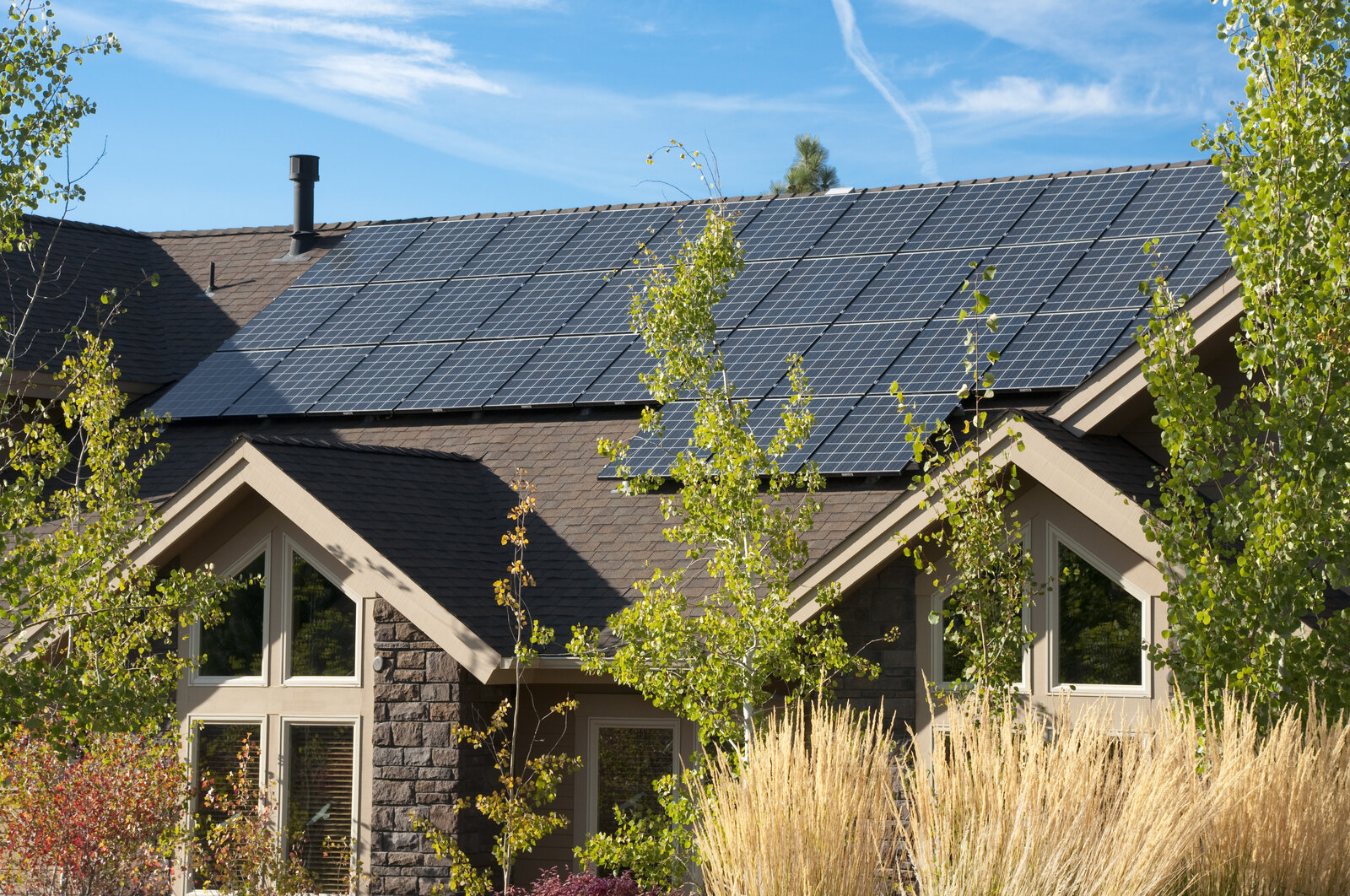Solar panels often comprise materials designed to absorb sunlight and convert it into heat, such as silicon-based solar cells, tempered glass, and aluminum frames. These robust components ensure longevity and optimal heat absorption, essential for applications requiring high thermal efficiency.
In contrast, photovoltaic panels focus on generating electricity through the photovoltaic effect. Materials such as crystalline silicon or thin-film semiconductors form the core of these panels, providing superior energy conversion. Companies like LEDVANCE utilize these advanced materials to craft all-in-one solutions that promise high efficiency and durability, exemplifying innovation in the renewable energy sector.
Silicon vs. Other Materials
Silicon has long been a cornerstone in the manufacturing of photovoltaic panels due to its efficiency and availability.
- Crystalline Silicon: Known for high efficiency and stability.
- Amorphous Silicon: More flexible but less efficient.
- Cadmium Telluride (CdTe): Known for lower cost but with toxicity concerns.
- Copper Indium Gallium Selenide (CIGS): Offers high efficiency with flexibility.
- Perovskite: Emerging material with immense potential for higher efficiency and lower cost.
While silicon stands out for its consistent performance and reliability, alternative materials are becoming vital to diversify and enhance photovoltaic technology.
These materials, each with unique advantages, are paving the way for innovative energy solutions.
